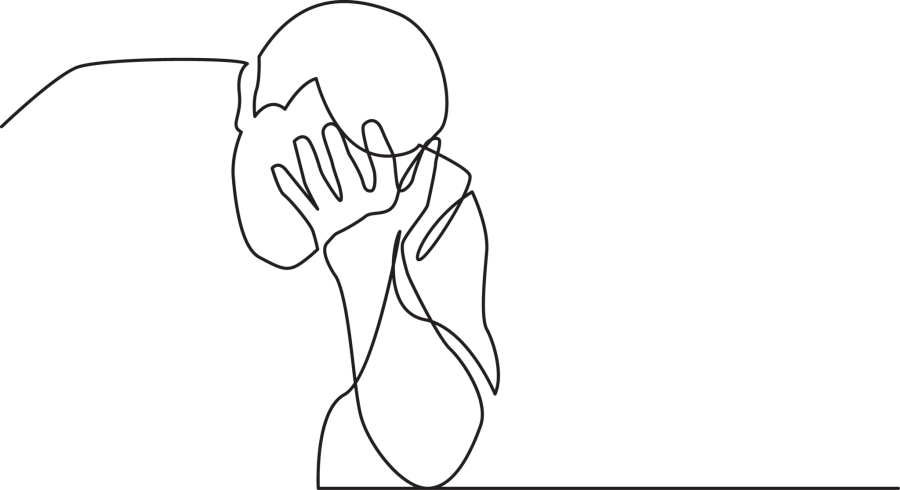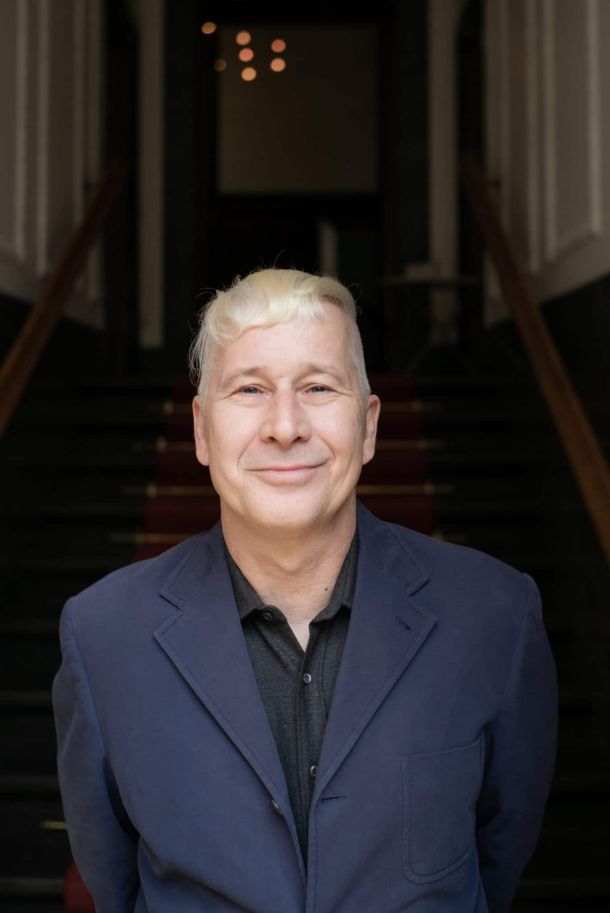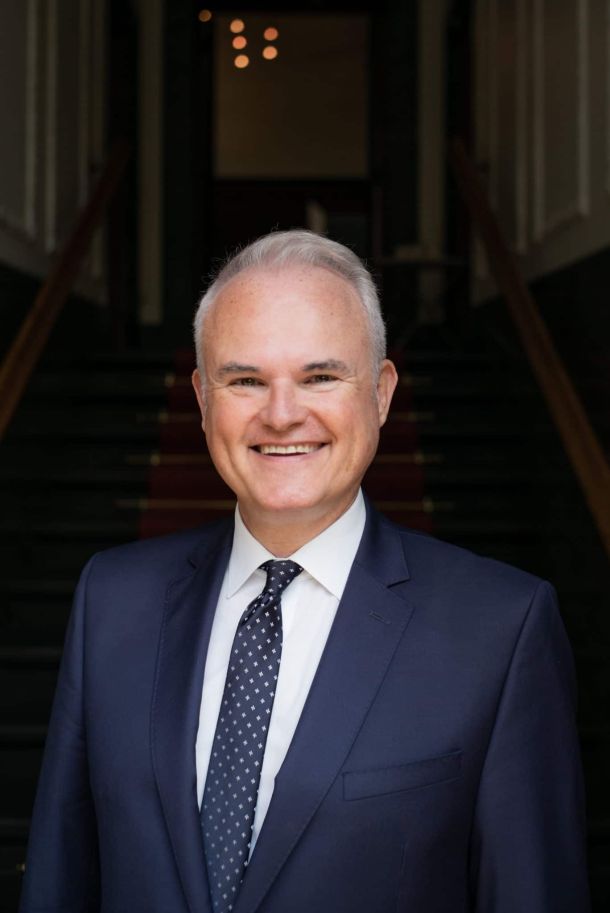Anxiety disorders are treatable.
Mental Health Institute Berlin
Recognizing
and treating anxiety disorders.
Fear is one of our most important emotions and can be classified as an important protective mechanism in evolutionary history. Our body is “programmed” to be able to react quickly in dangerous situations in order to ensure survival. In this process, the body focuses on activating all energy reserves – our heartbeat becomes faster, our senses sharper, and all systems that are not necessary for survival at that moment are “shut down”.
However, if the feeling of anxiety occurs in everyday situations where there is objectively no threat (e.g., when riding a train, in large crowds, or at the sight of certain animals), or if excessive anxiety is caused by physical reactions or certain thoughts and leads to limitations in everyday life for those affected, we speak of anxiety disorders.
Approximately 10% of the general population is affected, making anxiety disorders one of the most common mental illnesses.
Our Promise
The Mental Health Institute (MHI) Berlin is a private clinic that offers modern and scientifically sound day-clinical and outpatient treatments to people with mental problems and suffering.
Different types of
anxiety disorders
There are various theories about the origin of anxiety disorders. Fear itself has a natural background, for example, specific phobias go back to primal fears of humans (e.g., of predators, poisonous spiders, or heights).
It is very likely that an interplay of genetic, neurobiological and psychological factors (e.g. traumatic experiences in the past, role model behavior in the family) is responsible for whether anxiety is expressed in an exaggerated form or whether those affected develop an anxiety disorder. Anxiety disorders often occur comorbidly, i.e. in conjunction with other mental illnesses such as depression.
A careful diagnosis as well as an individual treatment plan are indispensable.

anxiety disorders include:
Panic disorders
and agoraphobia
Typical symptoms of panic disorder are repeated panic attacks out of the blue that are not related to specific situations (mental or real). The episodes of intense anxiety are accompanied by physical symptoms such as palpitations or racing heart, sweating, trembling, dry mouth, dizziness, shortness of breath, feelings of anxiety, feelings of restlessness such as tingling, numbness, hot flashes or cold shivers. Due to the strong physical reactions, many sufferers also experience symptoms such as fear of losing control and fainting, fear of dying or going crazy.
It is not uncommon for avoidance behavior (agoraphobia) to develop in the course of the disease. The consequence can be the “fear of fear”. Affected persons fear having a panic attack in public or in situations from which they cannot escape. For this reason, they often avoid crowds, wide open spaces or closed rooms, or travel on public transport, or only go there with an escort.
Social phobia
Social phobia refers to the fear of sufferers that they might embarrass themselves or stand out awkwardly when speaking in front of others, eating or writing, and thus attract the negative attention of other people. To avoid the perceived negative evaluation by others, social situations (lectures, eating together, dating, etc.) are avoided. If avoidance is not possible, physical anxiety reactions, as described above, but also blushing, nausea and gastrointestinal complaints may occur.
Specific phobia
A specific phobia describes the fear of a concrete object or certain situations. Common phobias include certain animals (spiders, snakes or dogs), environmental phenomena (thunderstorms or darkness), the sight of blood, syringes or injuries, and concrete situations (confined spaces, fear of flying or heights). Typical is a pronounced avoidance behavior in sufferers and the occurrence of fear reactions solely due to the expectation of being confronted with the object or situation. Affected persons are often aware that their fear is inappropriate, but are unable to suppress it.
compulsive disorder
In obsessive-compulsive disorders, sufferers suffer from intrusive thoughts or the urge to perform certain actions. These habits or rituals (e.g., excessive hand washing or checking that the front door is locked or the stove is turned off) cause sufferers to experience distress and restrictions in their daily lives. Obsessive-compulsive disorder usually begins in adolescence or early adulthood; if left untreated, the disorder often takes a chronic course.
While obsessive thoughts are experienced as threatening, morally reprehensible or burdensome, compulsive actions are behaviors that must be repeatedly performed in ritualized form, often to prevent a perceived danger. The triggered feeling is fear, which can be accompanied by strong tension. In order to neutralize the unpleasant feelings or to avert the supposed danger (e.g., becoming infected with germs or starting a house fire), certain rituals must be performed in thought or via concrete actions.
GENERALIZED ANXIETY DISORDER
An important criterion of a generalized anxiety disorder is excessive worry and apprehension about everyday matters (health, financial burdens, well-being of family members, etc.). The worries concern several areas, occur in different situations and lead to constant tension in affected persons. The reason for this is an overexcitation of the nervous system. Sleep disturbances, muscle tension, restlessness or feelings of anxiety can be the result. Those affected quickly fall into a cycle of worrying and imagining catastrophic scenarios.
Frequently, reassurances, such as calls to partners to see if everything is okay, are used to avoid the worries.
HOW ARE ANXIETY DISORDERS TREATED AT MHI Berlin?
THERAPY OPTIONS
Cognitive behavioral therapy has proven to be particularly effective in the treatment of anxiety disorders. A central component of the therapy is confrontation with the anxiety-provoking situation or the anxiety-occupying object. In this process, the specific situation is specifically sought out, with the confrontation usually taking place step by step. Behaviors that provide security (reassurance, accompaniment by family members, wearing talismans, neutralizing compulsive actions, etc.) should be consciously refrained from, at least during the course of treatment, since the goal is to experience the fear that arises in the situation as tolerable.
Other elements of the therapy can be behavioral experiments or the visit of fearful situations in the imagination (so-called imagined confrontation). In therapy, patients learn that confronting fearful objects or situations or refraining from certain safety rituals does not lead to the feared catastrophe. In addition, cognitive therapy is used to change fear-inducing thoughts and obstructive (dysfunctional) evaluations.
DRUG TREATMENT
Acute anti-anxiety medications are called “anxiolytics,” which exert their anxiety- and tension-relieving effects by enhancing the inhibitory function of certain nerve cells regulated by neurotransmitters. Antidepressants and some other drugs that act on certain proteins (neurotransmitter transporters and ion channels) are approved for longer-term therapy.
A MODERN TREATMENT CONCEPT.
INIDIVIDUALLY TAILORED TO YOU.
INIDIVIDUALLY TAILORED TO YOU.
In addition to psychotherapy in individual and group settings and medication with psychotropic drugs, there are other forms of treatment that have proven helpful for anxiety disorders.
The MHI offers psychoeducation, resilience and coping groups, as well as learning mindfulness and relaxation techniques, in addition to those mentioned above.
In addition, sports and exercise therapy, also offered at MHI, have been shown to be appropriate for anxiety disorders. The entire treatment plan is individually tailored to the patient.
Information about patient admission at MHI Berlin
The MHI Berlin offers its services to patients of all private health insurances, as well as to those paying for their own treatment. Immediate admission to the day clinic is usually possible.
The beginning of our common path
For the fastest possible initial contact, please contact us by phone or use our contact form.
After you have contacted us, the MHI Berlin team will contact you to arrange an appointment for an initial interview as soon as possible. The initial interview forms the basis of the admission.
If no acute admission is required, MHI Berlin submits the application for cost coverage to the cost units in advance.
In acute cases, the MHI Berlin contacts the cost bearers directly after admission regarding the cost clarification.
In any case, the clinic assists you in all bureaucratic processes and thus simplifies and accelerates your admission to the clinic.

